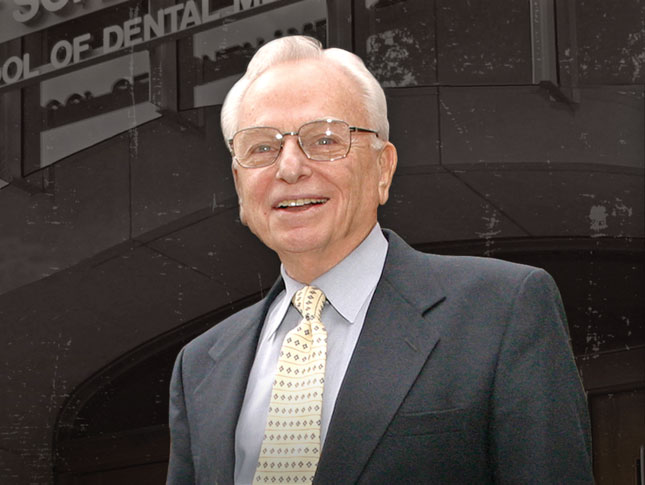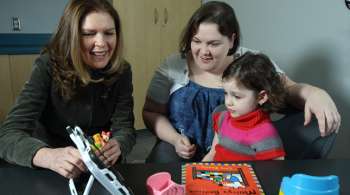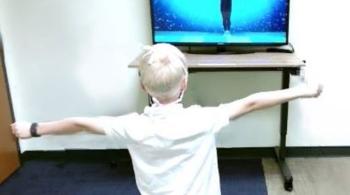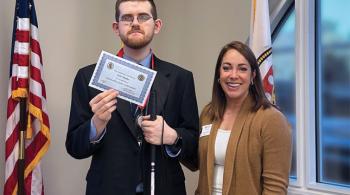
Dr. Robert I. Schattner.
Since its founding in 2005, the International Center for Spinal Cord Injury at Kennedy Krieger Institute has welcomed hundreds of patients each year from around the world to its downtown Baltimore therapy gym and medical suite. In 2020, it opened a second therapy gym, in Maple Lawn, Maryland, and in 2022, added a medical suite to that location. This summer, the center plans to open a third location, in White Marsh, Maryland, to allow even more patients from the region to access its unique rehabilitative therapies and treatments.
Dr. Schattner was a problem-solver. Where he saw a need, he worked to develop a solution that would positively impact people.” – Sidney Bresler
Funding for all three of these expansions has come from the Robert I. Schattner Foundation, a nonprofit organization that supports children’s health and education services, services for those in need, Jewish services, veterans’ services, and dental needs. Since its establishment in 1992 by Dr. Robert I. Schattner, a dentist who invented the throat spray Chloraseptic and a disinfectant called Sporicidin, the foundation has provided more than $40 million in grants to worthy recipients, such as Kennedy Krieger.
 “Dr. Schattner was a very unassuming individual—the classic millionaire-next-door,” says Sidney Bresler, the president and CEO of the foundation. Dr. Schattner, who passed away in 2017 and was a close friend of the Bresler family, wanted to use the money he made to help others.
“Dr. Schattner was a very unassuming individual—the classic millionaire-next-door,” says Sidney Bresler, the president and CEO of the foundation. Dr. Schattner, who passed away in 2017 and was a close friend of the Bresler family, wanted to use the money he made to help others.
In 2016, Sidney’s son, Jonathan, then 28, was a patient at the International Center for Spinal Cord Injury following surgery to remove a tumor on his spinal cord. He noticed space was tight in the center’s gym, and learned the center wanted to expand. Since then, the Breslers have given to Kennedy Krieger each year, and the Schattner Foundation has developed a close philanthropic relationship with the Institute.
“Dr. Schattner was a problem-solver,” Sidney says. “Where he saw a need, he worked to develop a solution that would positively impact people.” Thanks to his foundation, the Institute’s spinal cord injury center is doing just that, for more patients than ever before.















